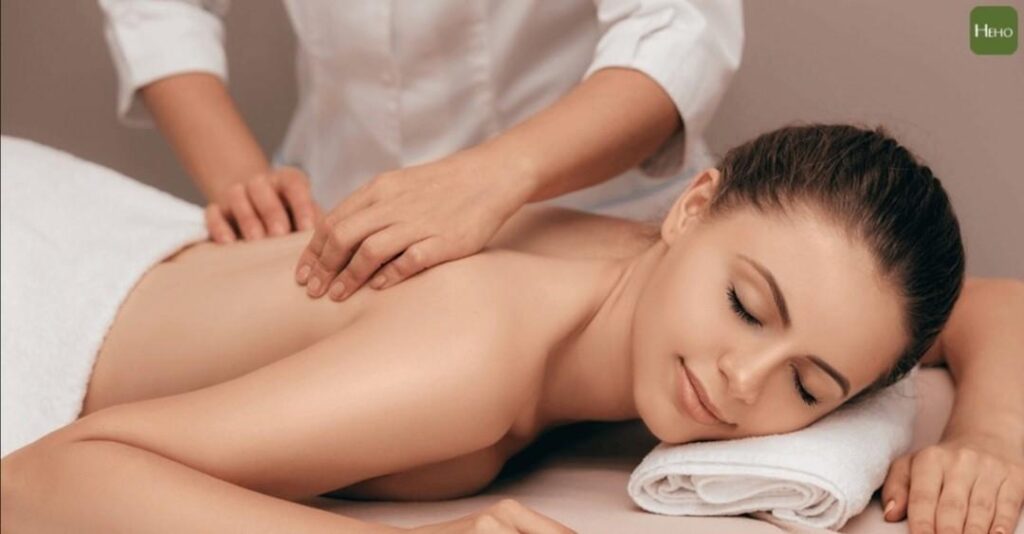The stroke centers in hospitals usually see older people over 60 years of age. Occasionally, younger patients are at high risk of obesity, high altitudes, or bad habits such as staying up late, smoking, and drinking. Recently, however, a hospital in Ningbo saw a 22-year-old woman with a brain attack who was slim and had no underlying illnesses of her own. Doctors couldn’t help but be surprised. According to media reports, the patient suddenly developed slurred speech and left-sided limb weakness, and it took about two hours from the onset of symptoms to the time of consultation. Fortunately, the patient sought medical attention in time and was successfully discharged after timely treatment by the stroke team and a week of follow-up treatment.
A 22-year-old brain attack turned out to have something to do with this action!
After hearing this news, then we come back to the question we just started with. Usually, these cardiovascular accidents often occur in the elderly, so why would a girl who is young and not in a high-risk group suddenly have such a large brain attack? It turned out that when the doctor took her medical history, he found that the woman had had a neck massage two days before the attack, and presumed that this was the trigger for the cerebral infarction.
So what are the risks of neck compression? In a joint statement issued by the American Heart Association (AHA) and the American Stroke Association (ASA), it was revealed that 8-25% of strokes in young and middle-aged people in the United States are due to carotid artery entrapment. Carotid artery entrapment is when the inner lining of the carotid artery splits and blood enters between the inner lining, the middle lining, or the outer lining, like a “sandwich biscuit”. When the wall of the carotid artery is separated into two layers, the carotid artery becomes narrowed or aneurysmatic ally dilated, and the patient may experience headaches, neck pain, cerebral ischemia, or retinal ischemia. There are many causes of carotid artery entrapment, the most common of which are trauma to the neck or various inappropriate neck exercises such as neck massage and massage, badminton, tennis, yoga, etc. Some people may suffer from carotid artery entrapment when they suddenly tilt their heads or turn around. Therefore, it is also recommended to take care to warm up well when exercising and to avoid rough activities or pressing on the neck.
In addition, some people suffer from atherosclerosis (common in middle-aged and elderly people with high blood pressure and hypertensive lipids). If massage is carried out randomly on the neck, it is also easy to cause the hardened plaque to fall off and enter the brain with the blood, blocking the blood vessels and leading to brain infarction.
Massage and massage should be done in regular medical places, do not press violently
When you see this, I believe many of you are starting to worry, so to avoid the risk, is it impossible to go for a massage? Not really.
It is true that nowadays, both men and women, young and old, often shout about back pain and stiff necks. For people who are sedentary and lack exercise, massage is indeed a good means to relax their muscles. “Tui Na” has a history of thousands of years in China. The theory of Chinese medicine is that “Tui Na” can relax and activate the muscles and has certain therapeutic and health effects, but when performing “Tui Na”, we need to be reminded of the following points that need attention.
1. Patients with contraindications to “Tui Na” are forbidden to carry out “Tui Na”. Fractures, skin trauma, blood clotting disorders, acute abdominal diseases, infectious diseases, infectious diseases, tumor diseases, serious heart diseases, and other conditions are all contraindications to “Tui Na”. Patients with cervical spondylosis should be diagnosed by a doctor after a series of imaging examinations, and then judged according to the actual situation whether it is suitable for massage.
2. Women should avoid menstruation, pregnancy, and oral contraceptives when performing acupressure.
3. “Tui na” should not be performed under conditions of excessive satiety or hunger to avoid gastrointestinal discomfort.
4. Visiting a qualified massage therapist can largely prevent injuries caused by inappropriate techniques of the therapist, and can also better assess whether the patient’s physical condition is suitable for massage.
5. In the process of massage, if there is any discomfort in time to communicate with the massage therapist, do not blindly pursue a “strong”, or “sore” massage experience.
